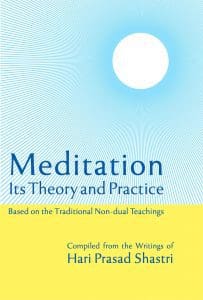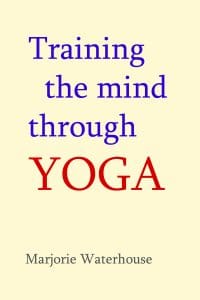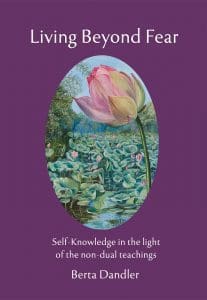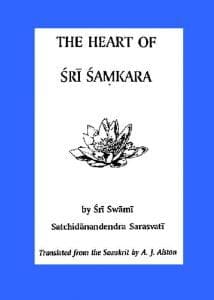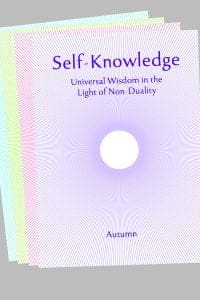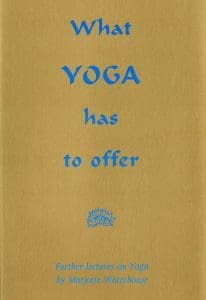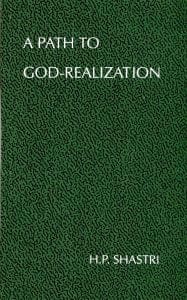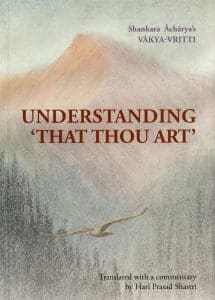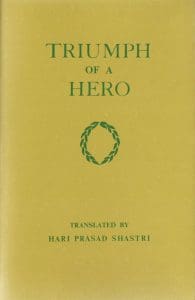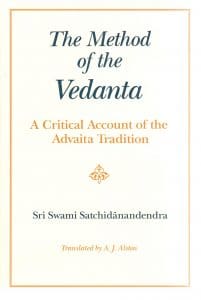Meditation – Its Theory and Practice
Meditation its Theory and Practice is about meditation as it is understood and done in the traditional schools of non-duality. According to the teachers of classical non-duality, meditation is one of the most important practices on the path to discovering the reality of our own nature in direct experience. The book begins with a presentation…
Read MoreTraining the Mind through Yoga
Training the Mind through Yoga contains guidance of great value to those on the path of inner discovery. The highest truth cannot be put into words, it can at best be indicated. So the teachings provide us with material to reflect upon which helps us to see more. And the practices, when we do them…
Read MoreLiving Beyond Fear
Living Beyond Fear is one of four books by this author, the others are Realising the Truth at the Centre of Life, Awakening to Self-Knowledge and The Illumined Understanding. The contents of these books point as directly as possible to the true nature of our own being as identical with the universal reality in all. On the…
Read MoreHeart of Shri Shankara
The Heart of Shri Shankara by Swami Satchidanandendra Translated from the Sanskrit into English by A J Alston The Heart Shri Shankara is a detailed study of what Shankara said about the reality of the world, and other views. It was first published in 1929 under the title Refutation of Root Ignorance or The Heart of…
Read MoreSelf-Knowledge Journal
Self-Knowledge Journal is published in print quarterly, and also available on-line and in eBook versions (for Kindle and other eReaders). Each issue is entirely devoted to non-dual teachings in theory and practice, and the connections with aspects of life, culture, art, science and all wisdom traditions. The journal has been published continuously since 1950 and…
Read MoreWhat Yoga Has to Offer
What Yoga Has to Offer contains guidance of great value to those on the path of inner discovery. The highest truth cannot be put into words, it can at best be indicated. So the teachings provide us with material to reflect upon which helps us to see more. And the practices, when we do them…
Read MorePath to God-Realization
Path to God-Realization is a short book of questions and answers on the life of spiritual inquiry. In the foreword the author says: ‘In the silence of holy temples and retreats in China while meditating on the mystic teachings of Lao-tzu, the ideas embodied in this little book came to the consciousness of the writer.’ The…
Read MoreUnderstanding That Thou Art
‘That Thou Art’, in Sanskrit, Tat Twam Asi, is an expression found in the teachings of non duality. One of the key practices in the traditional schools of non duality is to reflect deeply on statements from an enlightened source indicating the ultimate identity in essence of the individual self with the universal Self. This…
Read MoreTriumph of a Hero
The Triumph of a Hero is composed in the style of the traditional classics on non-duality, in verse, by one who knew the Supreme reality as Self. It was written in 205 verses of rhythmic, rhyming Sanskrit with extreme precision and profundity. Here it has been translated as far as possible into English, by Hari…
Read MoreMethod of the Vedanta
The Method of the Vedanta is a history of the non-dual philosophical tradition, written in Sanskrit by Swami Satchidanandendra (1880-1975), translated into English by A J Alston. This is a detailed historical study which finds that after the Advaita philosophy was formulated by Shankara and his direct pupil Sureshvara, various schools emerged with differing methods…
Read More

